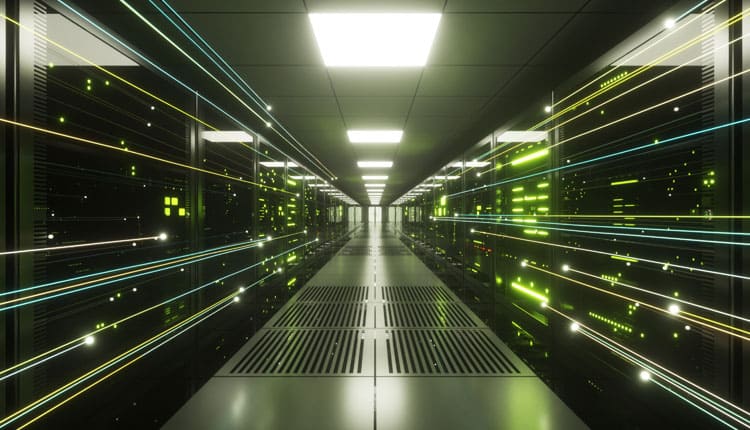By Shuja Mirza, Director – Solutions Engineering, NetApp India
In the fast-paced and ever-changing digital landscape of today, the world is witnessing an unprecedented surge in data generation and consumption. Businesses and industries are harnessing the transformative power of technology to drive enhanced efficiency and innovation, and at the heart of this data-driven revolution lies the indispensable role of data centers. However, with this exponential growth in data, there arises a pressing need to prioritise sustainability and environmental responsibility. As climate change takes center stage in global agendas, the importance of data centers in contributing to sustainability goals has reached a paramount level.
Projections by experts indicate that the information and communications technology (ICT) sector is set to experience substantial growth in energy consumption. By 2030, it is estimated to account for approximately 8% of the world’s total electricity demand, a notable increase from the 2% recorded in 2020. Moreover, storage requirements in data centers are expected to rise, constituting over 38% of the overall power demands by 2030.
Amidst these projections, selecting the right storage solutions for data centers becomes imperative to achieve sustainability goals. Let us explore five crucial benefits of all-flash data centers for enterprises striving to enhance their sustainability efforts:
1) Enhanced Energy Efficiency
Flash-based storage offers a compelling sustainability advantage over traditional hard disk drives (HDDs) due to its exceptional energy efficiency. Flash storage enables the support of a larger amount of data per watt of power consumed compared to HDDs. As a result, this enhanced efficiency translates into substantial energy savings and a notable reduction in carbon emissions within data centers.
2) Efficient Data Storage
Flash storage can save space by eliminating duplicate data, compressing files, and organising data more efficiently. Through this, enterprises can store a lot more data with lesser storage footprint. In addition, flash storage allows organisations to enjoy the added benefits of cost efficiency, faster access to data, and improved reliability, as compared to traditional spinning disk storage.
3) Greener Manufacturing and Sourcing
The manufacturing of Hard disk drives (HDDs) involves the use of various raw materials, some of which are rare-earth elements obtained through large-scale open-pit mining, leading to environmental challenges and disruptions to ecosystems. In contrast, flash storage devices are more easily recyclable and employ NAND chips that can be remanufactured using previously used components, reducing security and privacy risks. Acknowledging that both HDD and flash storage manufacturing processes have sustainability challenges, the electronics industry is actively working to enhance practices and address environmental concerns.
4) Unparalleled Performance and Reduced Operational Expenses
Flash technology provides the lowest cost per Input – Output (I/O) for modern applications and digital workloads, resulting in significantly reduced operational expenses. Flash drives’ mechanical-free design enables read speeds up to 10 times faster than HDDs, leading to more efficient utilisation of computing resources and a notable decrease in overall energy consumption.
5) Lower Total Cost of Ownership (TCO) in the Long Run
While the initial investment in flash-based storage might be slightly higher than traditional HDDs in some cases, the overall TCO over the storage’s lifespan is significantly lower due to reduced energy consumption, a smaller physical footprint, and lower maintenance costs. By opting for flash-based storage, data centers can effectively reduce their carbon footprint and make a tangible contribution to a more sustainable future.
As the world confronts the challenges of climate change, it is now more critical than ever for businesses to embrace sustainable practices across all aspects of their operations. All-flash data centers present an exceptional opportunity for organisations to align their sustainability goals with their IT infrastructure. Many companies are already recognising the potential of all-flash data centers in driving their sustainability efforts, thereby taking meaningful steps towards a greener and more prosperous future.



